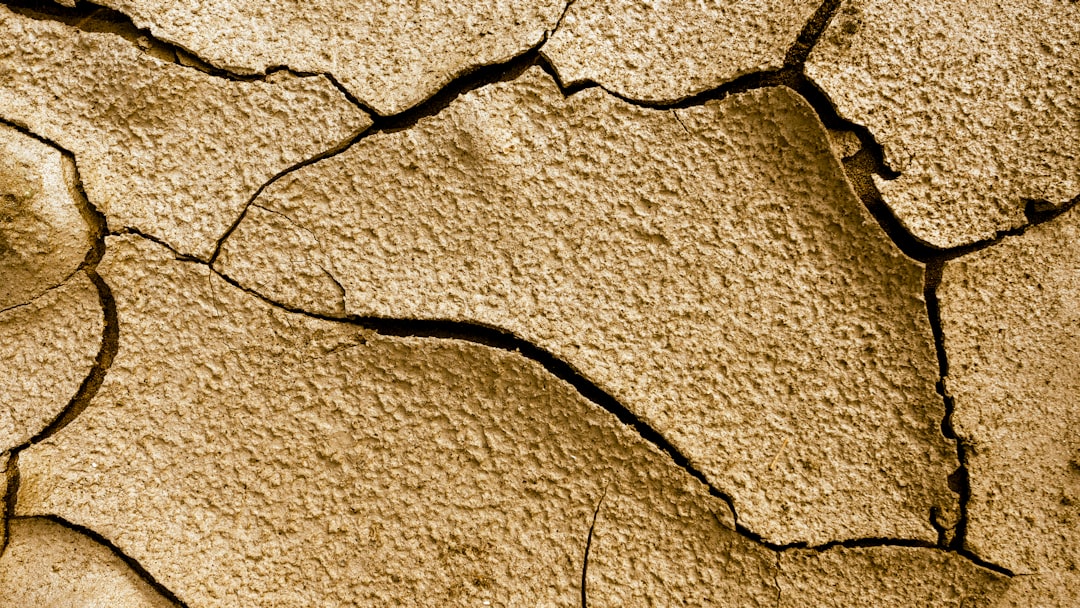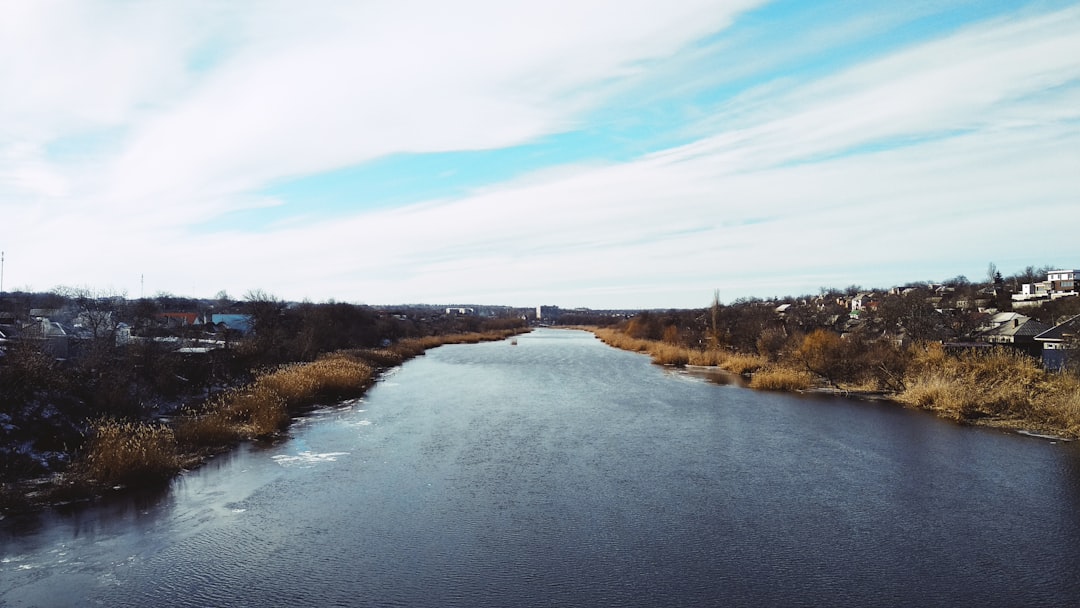What is it about?
Fani Maoré is a new submarine volcano 50 km east of the Mayotte island in the Indian ocean. It was formed by a large eruption that started in 2018 and latest until 2023. The lava is typical of the alkaline magmatic series of the Mayotte island: a basanite. In this publication, we characterize the viscosity of several lavas typical of the Mayotte magmatic series.
Featured Image

Photo by Marc Szeglat on Unsplash
Why is it important?
Viscosity is a critical parameter that ultimately affects the style of volcanic eruptions: fluid lavas tend to yield lava flows, while viscous magmas are frequently involved in explosive volcanic eruptions. In details, the viscosity of a magma will influence many processes such as residence and transfer timescales at depth, magma degassing and crystallization, cooling, and lava flow patterns at surface. Here, we try to better understand the role of the Mayotte magma compositions on their viscosity. This can allow better understanding the possible styles of volcanic eruptions at Mayotte.
Perspectives
This study was a unique opportunity to study the properties of lavas implied in the formation of a new volcano! This is very exciting, and results are very engaging and will be important to better understand how the magma transfered from a very deep reservoir to the surface in a very short timescale for instance, and what types of future eruptions may be possible at Mayotte depending on the evolution of the magma composition.
Dr Charles Le Losq
Universite Sorbonne Paris Cite
Read the Original
This page is a summary of: Viscosity of crystal-free silicate melts from the active submarine volcanic chain of Mayotte, Chemical Geology, March 2023, Elsevier,
DOI: 10.1016/j.chemgeo.2023.121326.
You can read the full text:
Contributors
The following have contributed to this page










